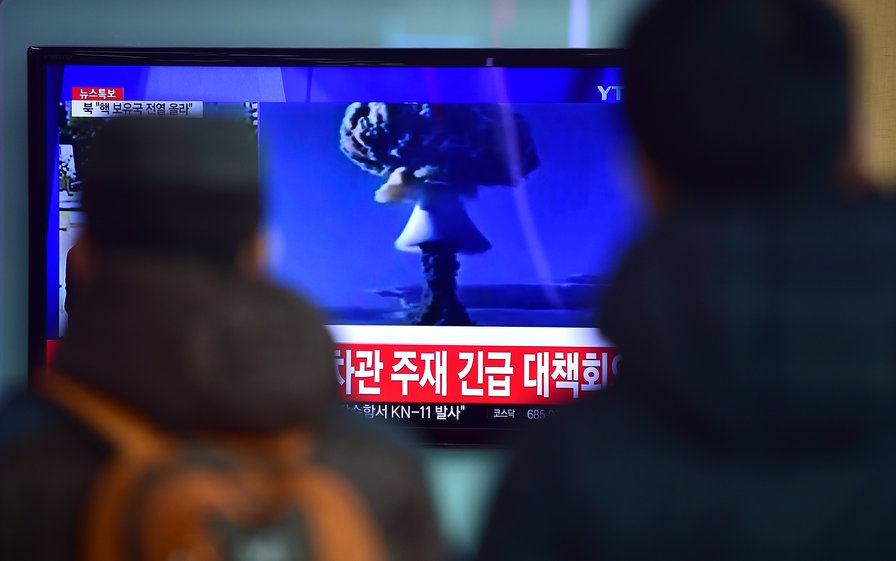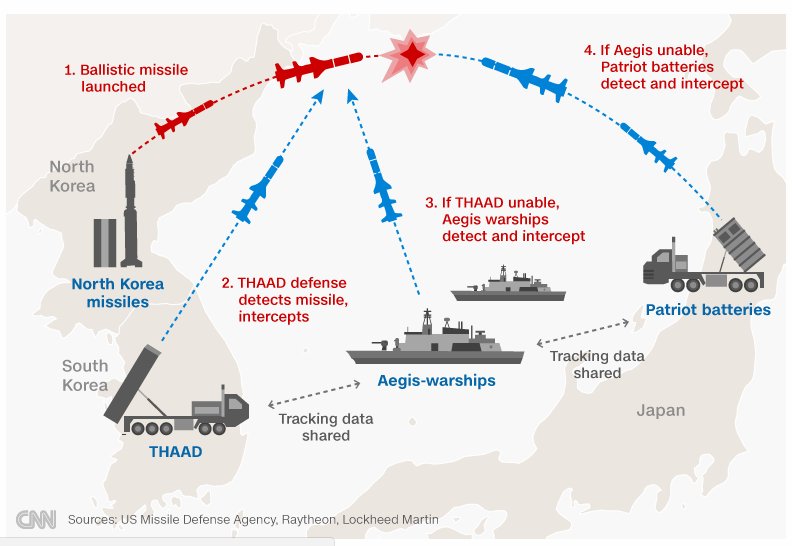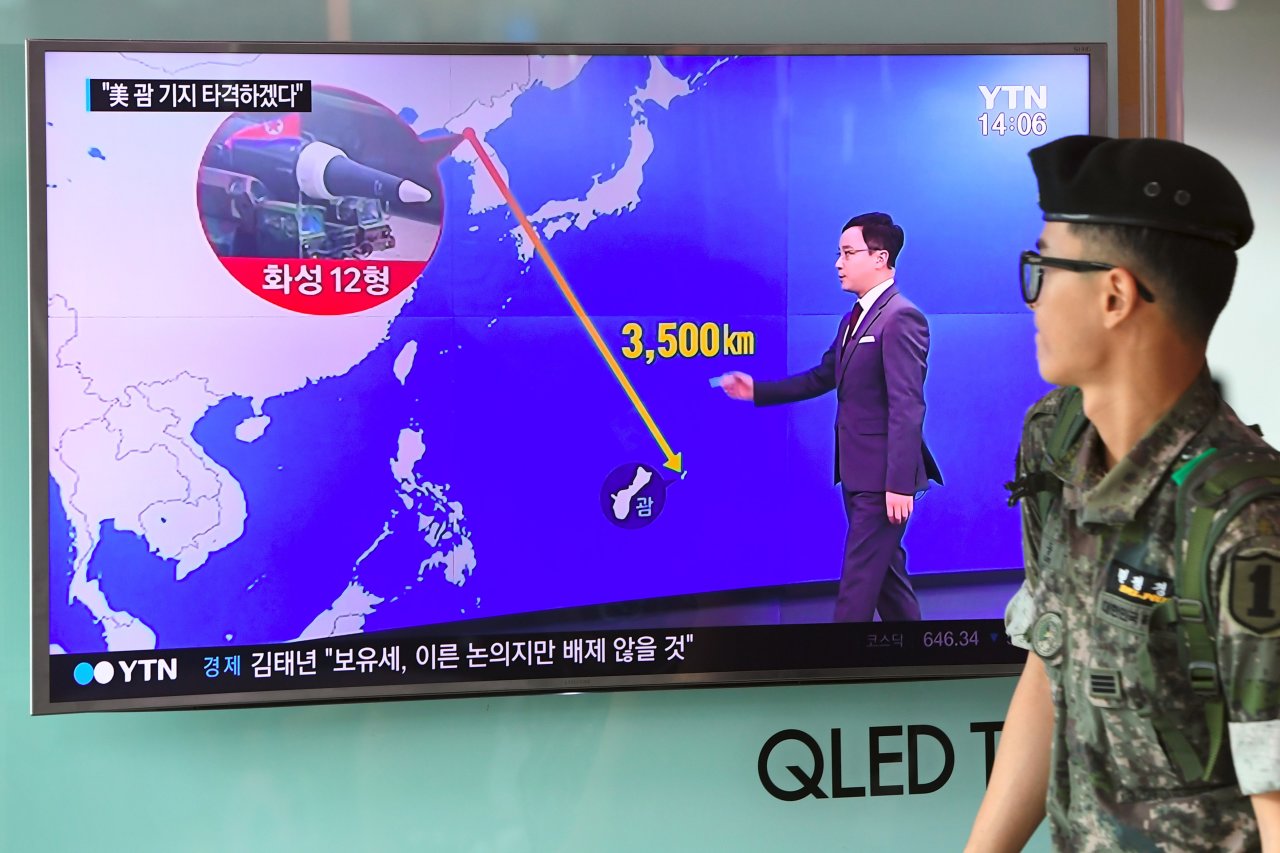
As the tensions around North Korea escalate, what has for decades been unthinkable is now suddenly within the realm of possibility. America may be on the brink of war with the international pariah nation of North Korea over its nuclear weapons program, with President Trump promising to rain “fire and fury” upon the stubborn foe. While cooler heads will hopefully prevail on all sides, it’s also time to consider how a war between North Korea and the U.S. would play out.
One most immediate concern for the U.S. involves announced North Korean plans to fire missiles into waters around Guam. It would take about 14 minutes for a missile from North Korea to reach the U.S. island territory. An altercation that could result from the missiles hitting Guam threatens to be the catalyst for escalation, perhaps not unlike the 1964 Gulf of Tonkin incident, where 2 U.S. warships were supposedly targeted by the North Vietnamese. This claim was later questioned and it’s not clear if any attack on a U.S. vessel actually took place, but the event led to President Johnson asking Congress to authorize a military response, involving the U.
S. deeply in a war that did not end for another decade.To prepare for the set of missile launches that could threaten Guam and Japan and could take place in mid-August, the U.S. and its allies have activated a missile defense system in the region.
Here’s how it’s supposed to work:

If the situation worsens, what options does the U.S. have for dealing with North Korea militarily? Whatever the choices, the underlying reality is that none of them are truly satisfactory, with widespread devastation and large loss of life likely to follow. Even if the fighting won’t reach the U.S. mainland, now likely to be possible within a year, many in the U.S. forces stationed in the Pacific, including the nearly 30,000 in South Korea, are likely to die.
Besides Guam, one first place of attack for North Korea is likely to be Seoul, the 25-million-people capital of the U.S. ally South Korea. Even an artillery barrage here is likely to result in thousands of casualties. Any nuclear escalation would turn that into millions.

A South Korean soldier walks past a television screen showing a graphic of the distance between North Korea and Guam at a railway station in Seoul on August 9, 2017. (Photo credit: JUNG YEON-JE/AFP/Getty Images)
A pre-emptive strike by the U.S. on the nuclear facilities and missile launchers of North Korea is a possibility, according to the national security advisor H.R. McMaster. In an interview with MSNBC, he said that all options are on the table.
The retired Navy captain Jerry Hendrix, a senior fellow at the Center for a New American Security, commented that the U.S. would have to conduct a simultaneous, multi-pronged attack…
The post Who Will Win in a War Between the United States and North Korea appeared first on FeedBox.